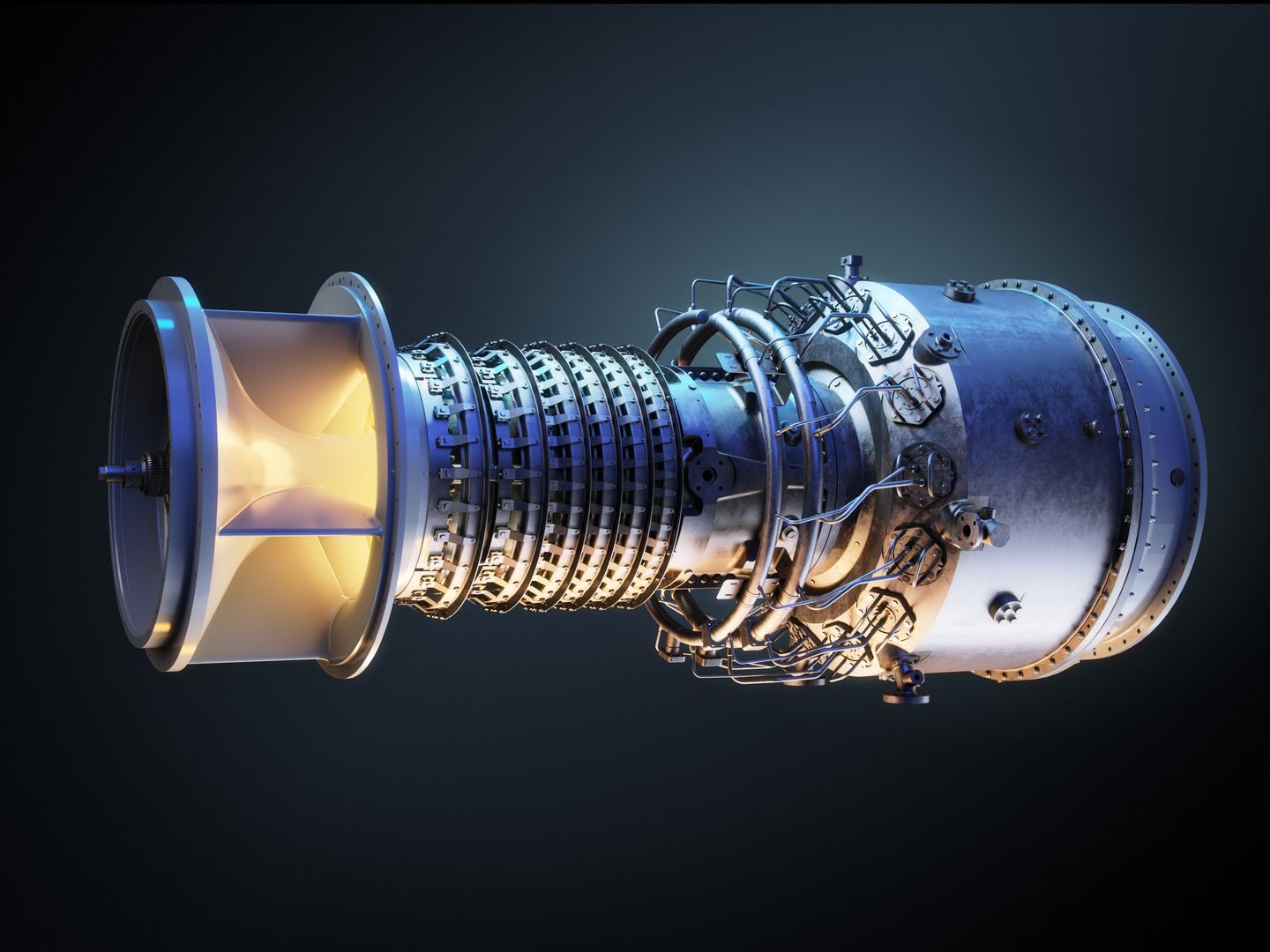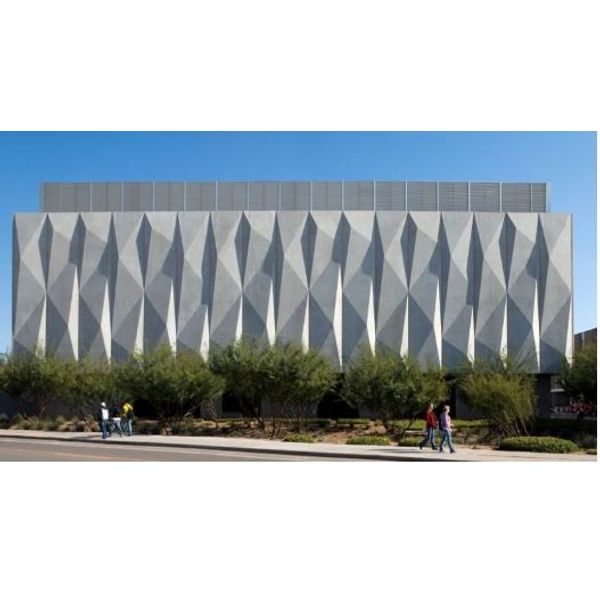

- Home
- Companies
- Solar Turbines Incorporated (STI)
- Articles
- Arizona State University 16.2 MW CHP ...
Arizona State University 16.2 MW CHP System - Case Study
Arizona State University`s (ASU) historic main campus in Tempe, Arizona is a thriving urban undergrad, graduate, and research campus with 51,500 students. ASU ranked first in U.S News and World Report`s list of "Most Innovative Schools" and among the "Best Graduate Schools" in the nation in 2019. The Sierra Club (2018) ranked ASU fifth overall in sustainability and Times Higher Education (2018) ranked ASU in the top 1% of the world`s most prestigious universities. The university is highly regarded for its programs in journalism, criminal justice, supply-chain management, environmental management, design, and the arts.
- Quick Facts
- LOCATION: Tempe, Arizona
- MARKET SECTOR: Colleges and Universities
- CAMPUS SIZE: 16 million square feet
- CAMPUS PEAK LOAD: 36 megawatts (MW)
- EQUIPMENT: Two gas turbines with duct burners and steam generators providing a total of 14.2-MW and up to 173,000 lbs/hr of steam. The CHP system also includes a 2MW steam turbine.
- FUEL: Natural Gas
- USE OF THERMAL ENERGY: Space conditioning, water heating and food preparation.
- CHP TOTAL EFFICIENCY: 75%
- ENVIRONMENTAL BENEFITS: Substantial decrease in CO2. NOx and CO emissions.
- CHP OPERATIONAL HISTORY: One gas turbine and steam turbine operational since 2006. Second turbine added in 2019.
Reasons for CHP
CHP is a cost effective, energy efficient and space saving approach to providing reliable energy services to a university campus. CHP, when integrated with a central heating and cooling plant, provides substantial benefits over a distributed energy system including fewer pieces of equipment to maintain, a smaller collective footprint, higher energy efficiency, greater load diversity and affordable, highly resilient energy service.
CHP is one of the key pieces to our overall goals of carbon neutrality, sustainability, and lowering our campus energy costs," said Rick Pretzman, ASU Director of Facilities Engineering, Energy and Utilities. Another driver for installing CHP was to have a reliable source of energy for the research facilities on campus. "CHP not only serves the current research buildings by keeping them always operational, but it is a selling point for attracting future research as well," adds Mike Buter, Plant Manager for Clearway Energy.

